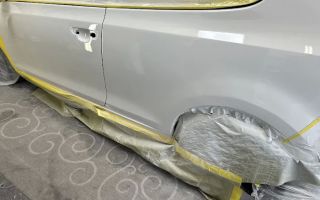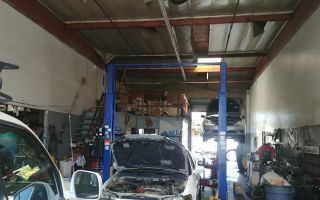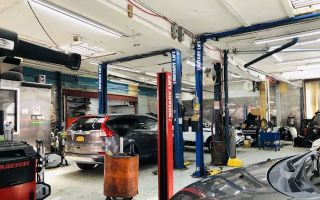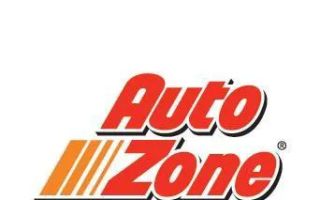How to Replace a Car's Timing Chain: A Step-by-Step Guide
Published on May 17, 2025Auto Repair Shops Near Me
Recommended
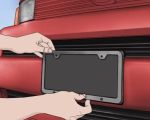
How to Replace Your Car’s License Plate Frame – Step-by-Step Guide
Learn how to replace your car’s license plate frame safely and easily with this complete guide. Discover tools, steps, and expert tips from Rescue & Towing.
Nov 11, 2025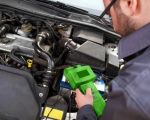
What to Do If Your Car's Engine Hesitates on Cold Start – Expert Maintenance Tips
Learn what to do if your car’s engine hesitates on cold start. Discover common causes, expert solutions, and practical maintenance tips from Rescue & Towing.
Nov 11, 2025
What to Do If Your Car's Hood Latch Is Stuck Open – Step-by-Step Solutions for Drivers
Learn what to do if your car's hood latch is stuck open. Discover practical fixes, causes, and safety tips from the experts at Rescue & Towing to get back on the road safely.
Nov 10, 2025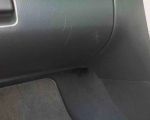
Common Problems with Car Interior Console Scuffs – Causes and Easy Fixes
Learn the most common problems with car interior console scuffs and how to fix them easily. Discover expert tips for restoring your car’s interior from Rescue & Towing.
Nov 10, 2025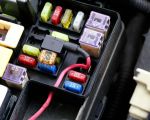
How to Replace Your Car's Fuse Box Cover – A Step-by-Step DIY Guide
Learn how to replace your car's fuse box cover safely and efficiently with this practical step-by-step guide. Expert advice from Rescue & Towing helps keep your vehicle’s electrical system protected and running smoothly.
Nov 10, 2025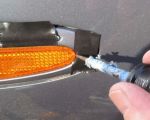
How to Replace Your Car's Side Marker Light Bulbs | Rescue & Towing
Learn how to replace your car’s side marker light bulbs step-by-step. Discover easy, safe, and effective methods to keep your vehicle visible and road-safe with help from Rescue & Towing.
Nov 10, 2025Related Categories
Popular

Emergency Vehicle Towing Guide for Miami: What You Need to Know
Jan 24, 2025
The Best All-Season Tires for Your Car in 2025: Top Picks for Every Driver
Mar 07, 2025
How Towing Services Can Help with Engine Overheating: Immediate Assistance When Your Engine Runs Hot
Jan 24, 2025
How to Safely Use Towing Services for Vehicles with Dead Batteries
Jan 24, 2025
Comprehensive Guide to Roadside Emergency Services: Towing, Car Rescue, and More
Feb 24, 2025
Flatbed Towing vs. Traditional Towing in Chicago: Which is Right for Your Vehicle?
Jan 22, 2025
Reliable Towing for Electric Vehicles in Madison: Your Trusted Roadside Assistance
Jan 24, 2025
What to Do After an Accident in San Francisco: A Step-by-Step Guide
Jan 22, 2025
Why You Should Always Carry Roadside Assistance Coverage: The Key Benefits and Importance
Jan 24, 2025






